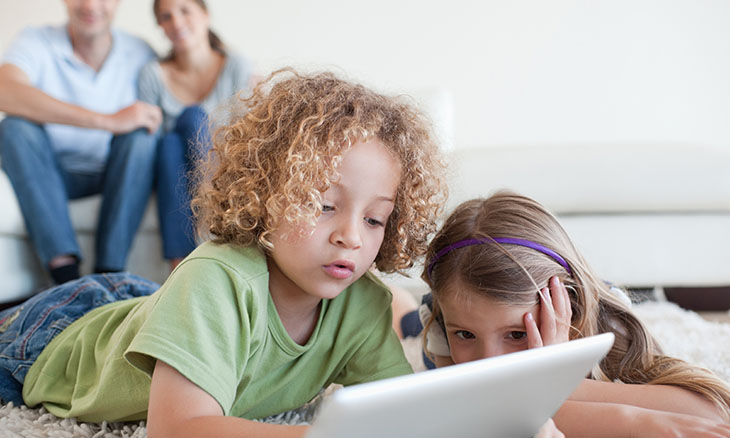
A Plan for Putting Down the Screens
From smartphones and tablets to computers and televisions — all of these factor into what’s known as “screen time” or the amount of time spent using an electronic device with a screen. Most of these devices are also used by millions of people each day to access social media.
Before COVID-19, screen time and social media use were on the rise and the pandemic has only skyrocketed that. This rise has led to sleep problems across all age groups, social isolation and an increase in mental health issues and cyberbullying and in obesity, especially among younger kids,” explained Bayhealth Pediatrician Adaobi Enekwizu, MD. Dr. Enekwizu is accepting new patients – call to make an appointment today at 302-725-3550.
Based on these trends, Dr. Enekwizu said it’s important that we all get back to what’s safe and reasonable for screen time and social media use. To help you and your family accomplish that, she shared what she and her own family are doing.
Create a Family Media Plan
Dr. Enekwizu strongly recommends that each family create what’s called a Family Media Plan. Available on the American Academy of Pediatrics’ website at Healthychildren.org/MediaUsePlan, you can personalize the plan for your family. For example, it tells you the amount of media time that kids should have.
“The Family Media Plan holds everyone accountable, including parents,” said Dr. Enekwizu. “Limiting the amount of screen time and social media use will free up more time for reading and for playing outside, and help establish good screen time and social media manners such as not looking at phones at inappropriate times.”
Once you’ve created your Family Media Plan, Dr. Enekwizu suggests putting it on the fridge or in another highly visible place so everyone can hold each other accountable. It’s also something you can modify with time, and that you can celebrate in special ways when the family achieves the plan’s goals — like by having dinner out.
Stay Away from Screens at Night
Sleep is a very important aspect of health for both children and adults. “It’s the time for our brains to shut down and for our bodies to rest and get recharged for the next day. A well-rested child is in a better mood to face the day, can learn better and can function better. So the benefits of sleep can’t be overstated really,” explained Dr. Enekwizu.
That’s why she recommends setting a ground rule that there are no screens (TV, video games, tablets, phones, etc.) at least one hour before bedtime. This helps our bodies shut down and prepare for sleep. If you can set up a place where everyone drops their phones when it’s time, that’s best. And no screens in the bedroom. The bedroom needs to be set up as what it’s meant to be — and that’s a sleep zone. Following these two tips will help ensure everyone gets the uninterrupted sleep they need.
Lastly, Dr. Enekwizu said she has seen a lot of kids with poor habits because their parents weren’t being good role models. “It’s important for parents to be an example — children do more of what they see then what they are told to do,” she said.
Dr. Enekwizu is currently accepting new patients at Bayhealth Pediatrics, Milford. Visit Bayhealth.org/Pediatrics to learn more or call 302-725-3550 to make an appointment.
